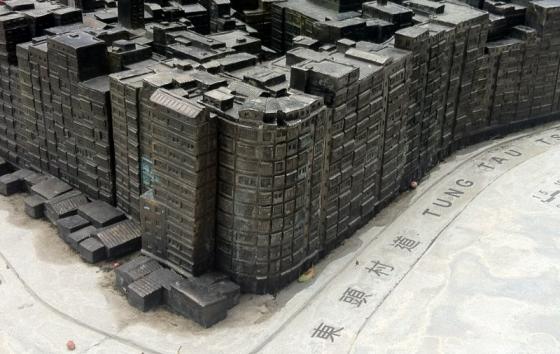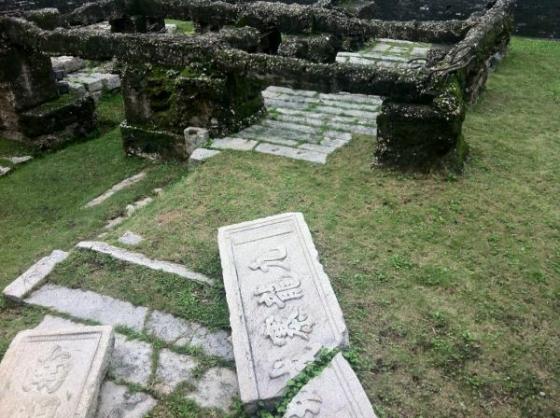
It’s hard to imagine life for 33,000 people in an area of 6.5 acres. Put into perspective, that’s like stuffing 1,600 people into an Olympic sized swimming pool. But that was a reality for many with limited running water, minimal plumbing, and dwellings so dense you could barely tell night from day. This was the notorious Kowloon Walled City, which in April marked the 20th year since its demolition.
What many people don’t realise was that Hong Kong’s colonial occupation dates back beyond the famous 99 year lease culminating in its 1997 handover. In fact, Hong Kong Island was formally ceded to Britain in 1842 in perpetuity under the Treaty of Nanking as a result of the first opium war. What was then a coastal fort was beefed up by the Qing Dynasty authorities in response to this treaty, including a defensive wall completed five years later. In 1860 after the second opium war, the Kowloon peninsula (south of today’s Boundary Street) was additionally ceded to the British in perpetuity; the walled garrison meanwhile remained just outside that demarcation line. It was not until 1898 that the remainder of what comprises Hong Kong today was leased to Britain for 99 years. The garrison was exempt – technically remaining under Chinese rule, yet despite eviction by British troops just one year later, its inclusion within colonial Hong Kong was never legally ratified. This paved the way for its rising notoriety, particularly during its final decades.
Largely untouched by the Hong Kong police (though daily patrols were introduced) and tax authorities, the Walled City unsurprisingly became a hotbed of both triad and commercial activity. Despite its great lack of infrastructure (water supply was scarce, mostly served by a few communal wells), it nonetheless grew to some 350 multi-storey buildings – served by an informal network of staircases and passageways, yet only a couple of working elevators. With the absence of formal regulation, the City became known for its numerous unlicensed dentists, gambling dens, fish ball manufacturers, and of course brothels. Surprisingly perhaps, it was however not a major crime black spot.

Today, standing by the south gate of the Walled City Park, it’s hard to visualise the flurry of activity that once took place here. Sadly, only few remnants of the City remain : part of the south gate foundations and the original Yamen building, which now houses a number of exhibition rooms. It would be impossible to relive the lives of thousands who called this home, but the museum makes a sound attempt to recreate scenes from the ‘city’. It also houses a multimedia exhibit – though admittedly more suited to children. The remainder of the park comprises eight landscape features, recreated in early Qing Dynasty style, and flanked at two sides by large housing estates and a carpenter park at the other. It remains popular amongst the locals for morning exercises.
A short walk will bring you to Kowloon City, a dense expanse of aging buildings that once surrounded the adjoining area. Though part of Hong Kong proper, it remained underdeveloped due to height restrictions from the now defunct Kai Tak Airport. These were lifted in 1998, but the busy streets still exhibit a colourful mix of activity. In the way that the Walled City was a magnet for Chinese migrants attracted to its cheap rent, Kowloon City was a magnet to South East Asian migrants – particularly Thai and Vietnamese. Today ‘Little Thailand’ contains some of the city’s best Thai restaurants.
Of course, none of this is any substitute for the Walled City back in its heyday. Hong Kong has now returned to Chinese rule, and life has moved on. What was once a legal grey spot, with its dark and damp corridors, is now bursting with greenery and plant life. Unfortunately I was still young during the City’s final years – though I clearly remember passing by on many occasions, my Grandmother living nearby. One of my great regrets is not having experienced the city from the inside. As I visit the park today, speaking to a local who once lived within the city, it does seem one thing in particular will be missed: the friendships built amongst neighbours, sharing the burdens of living under the radar. Some things are not easy to replace.

